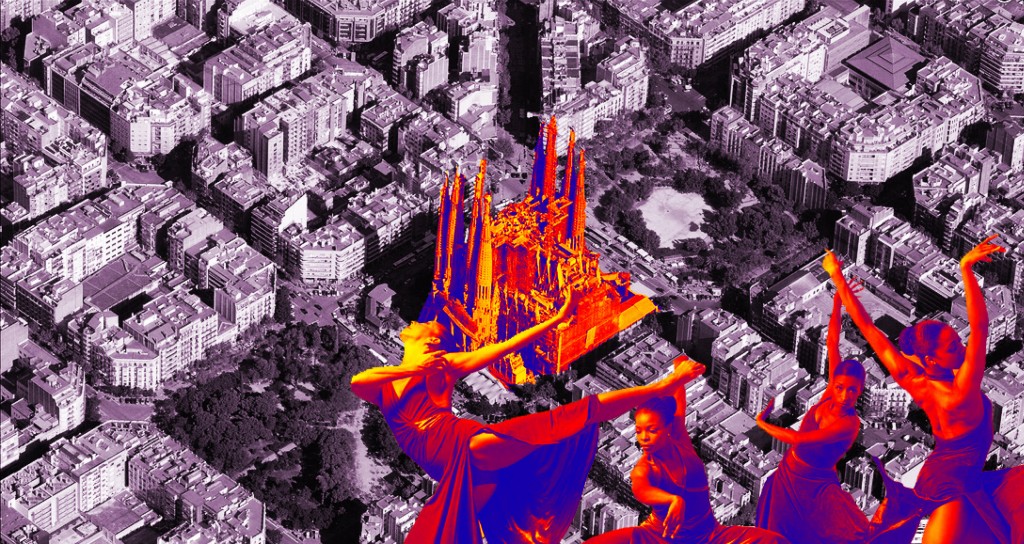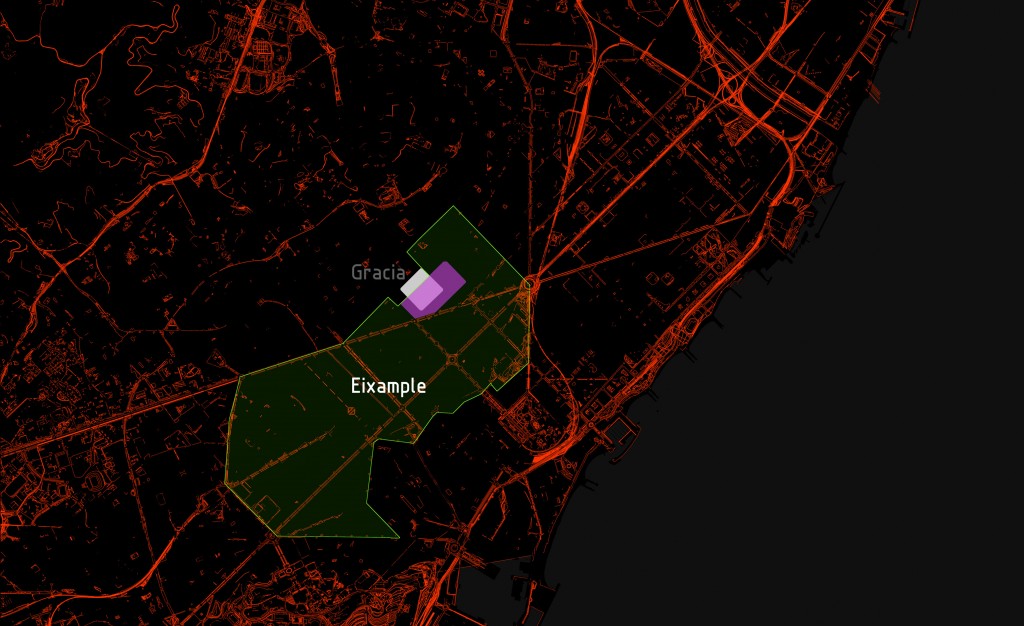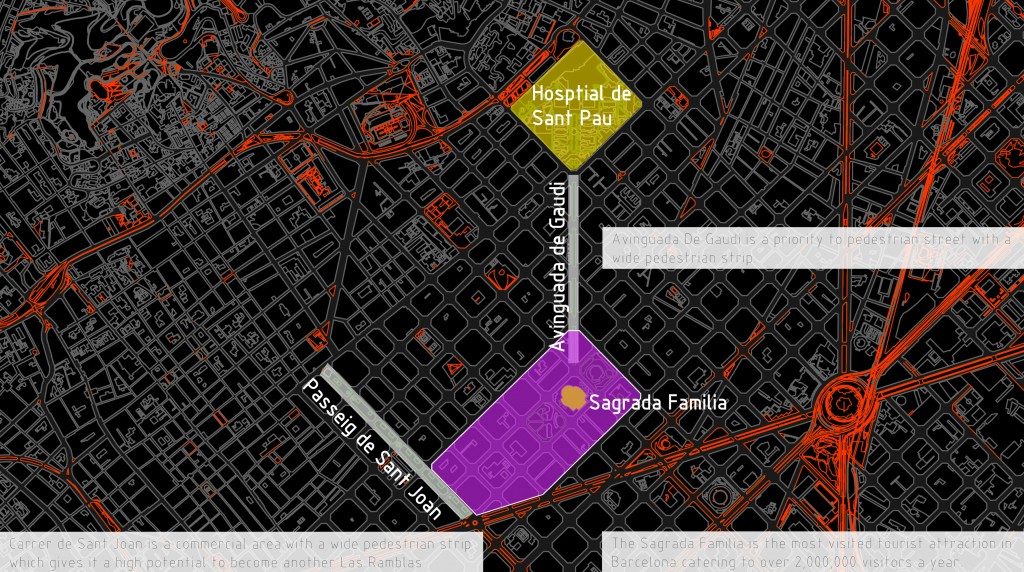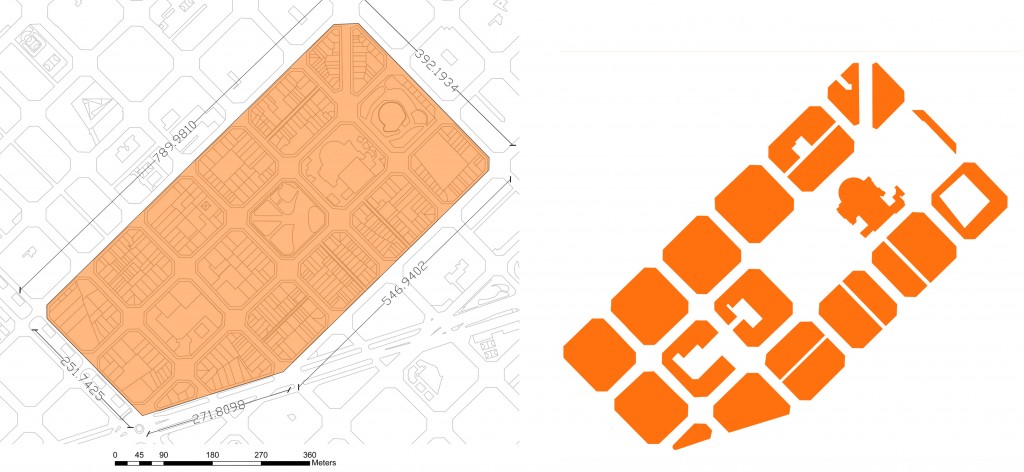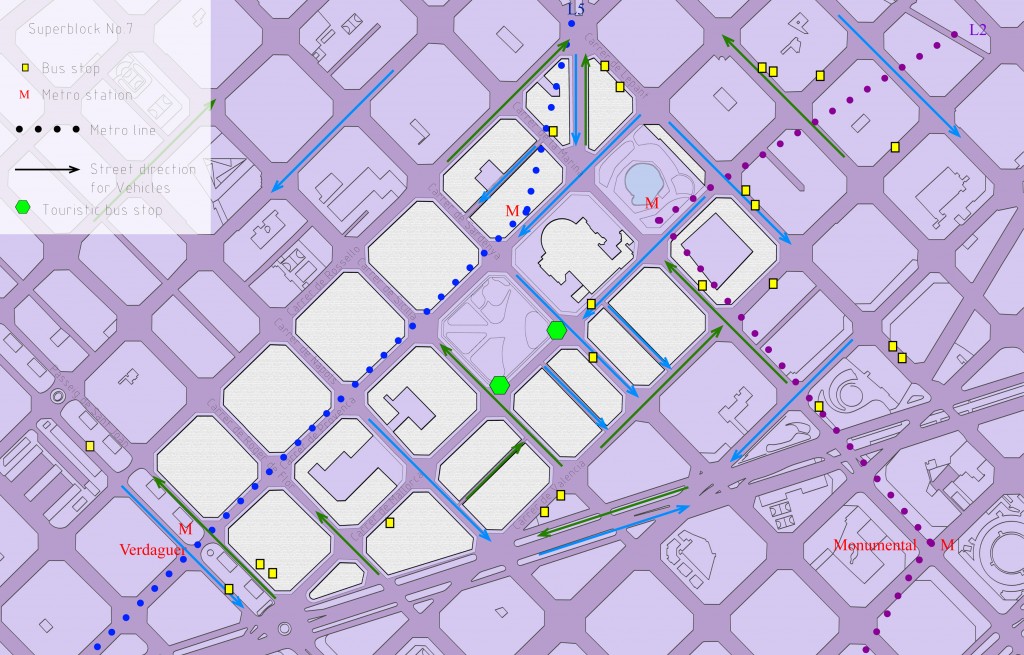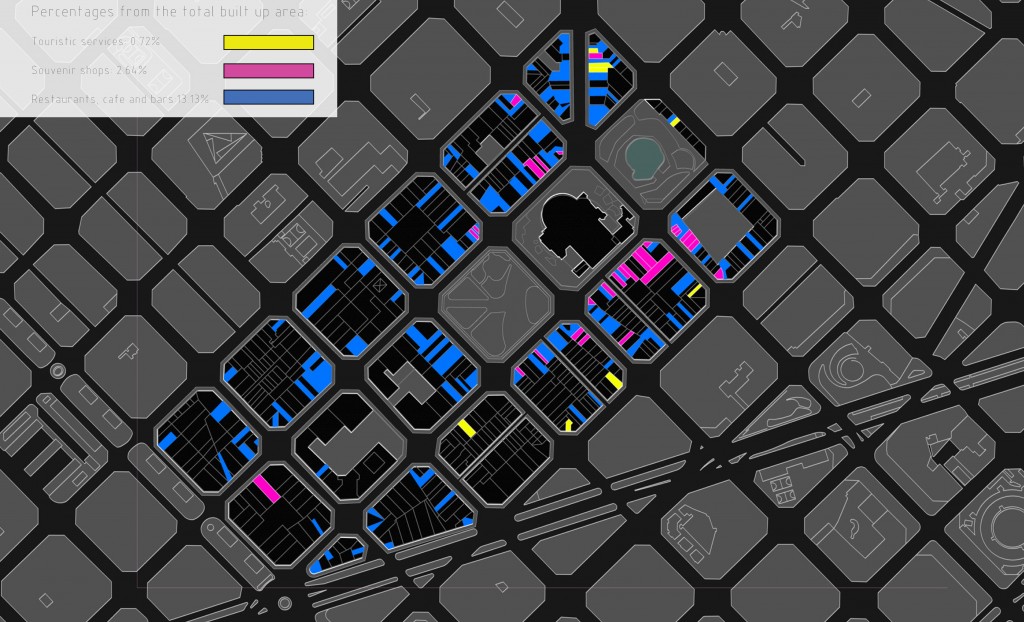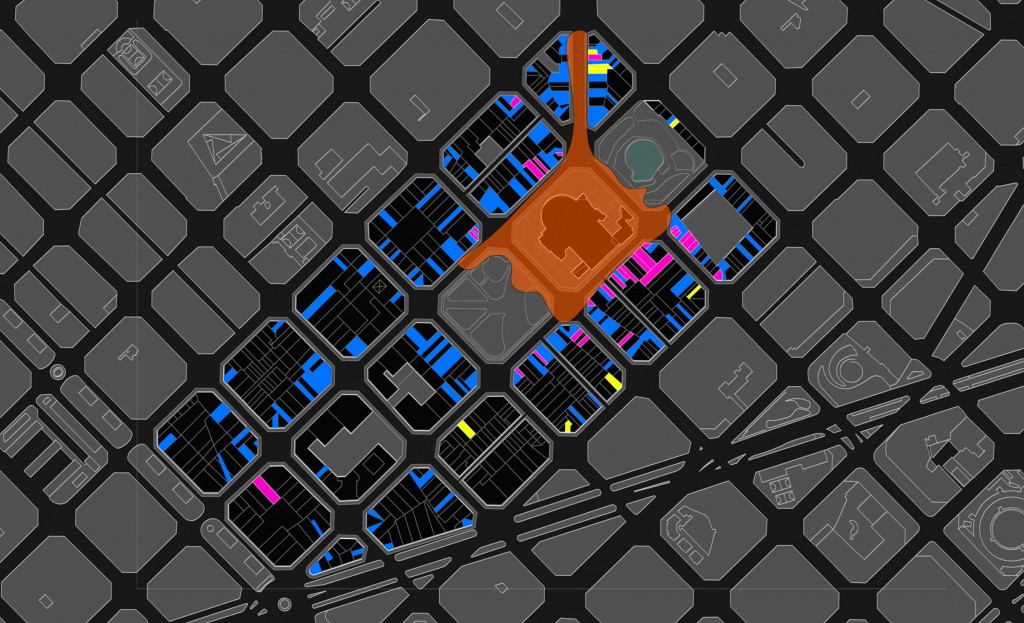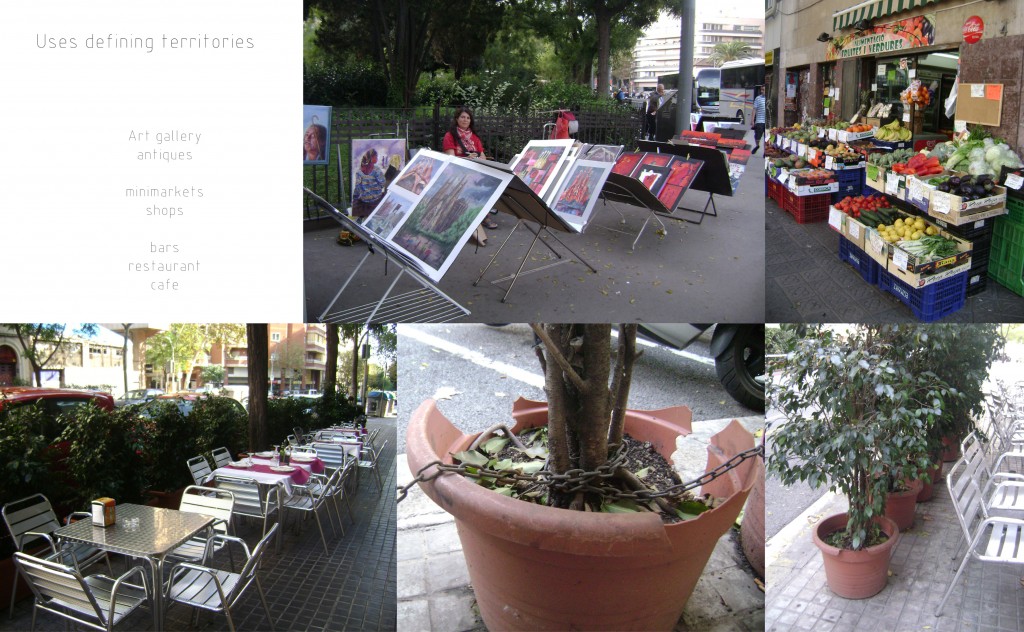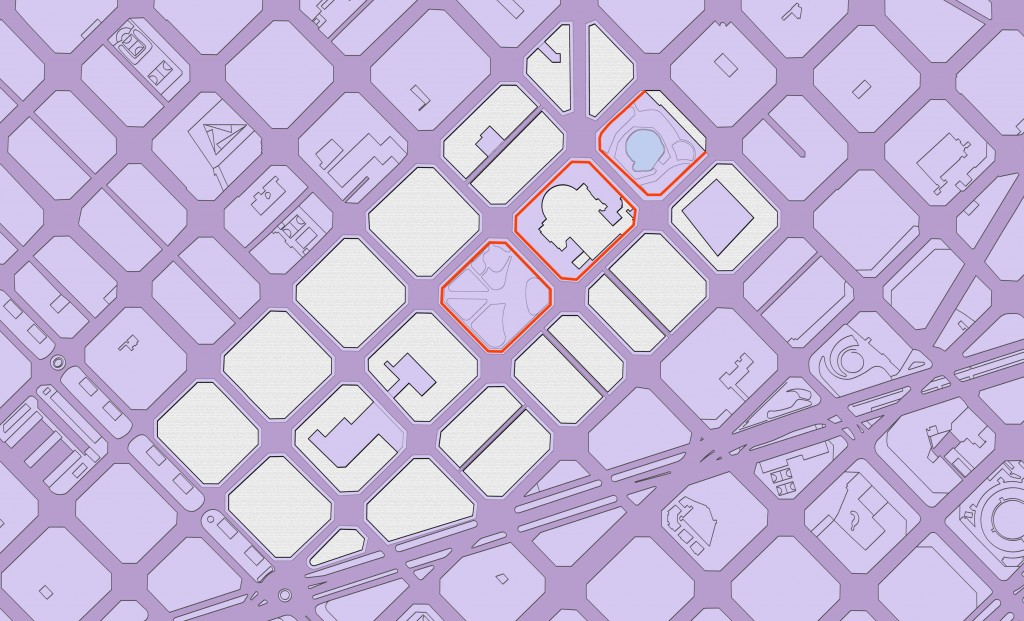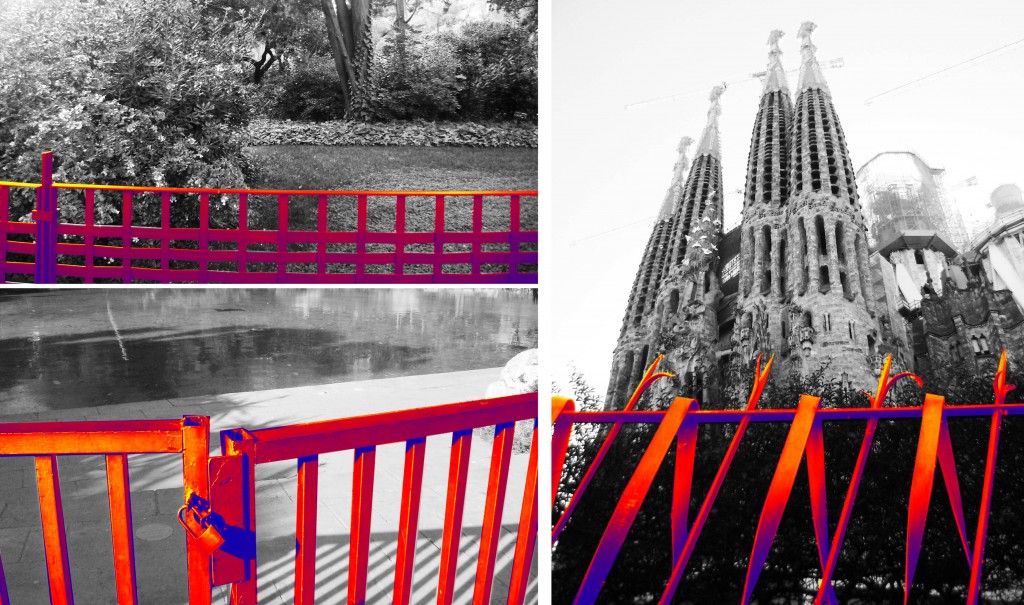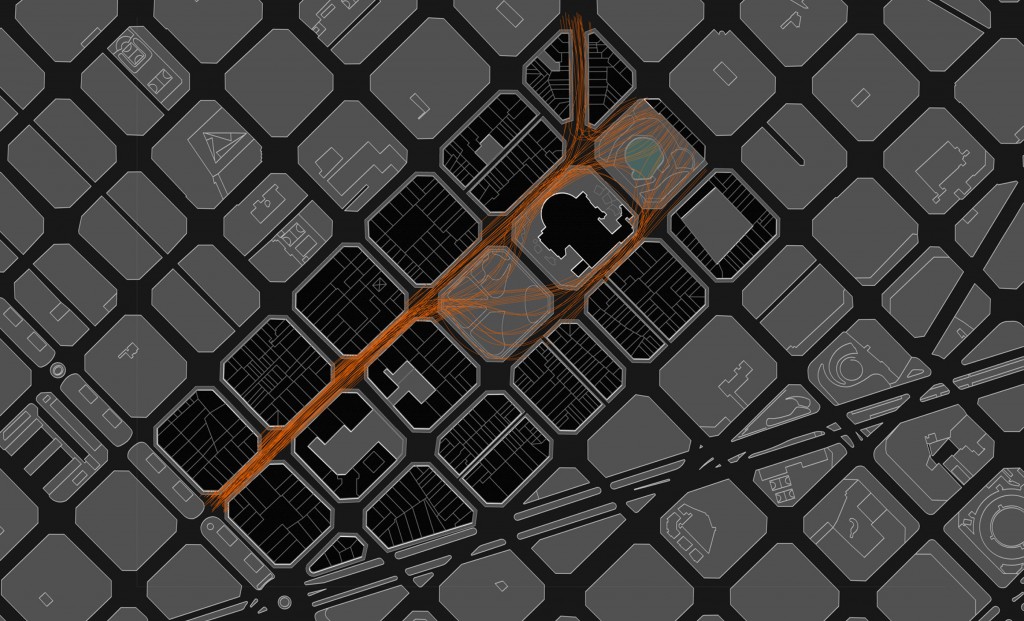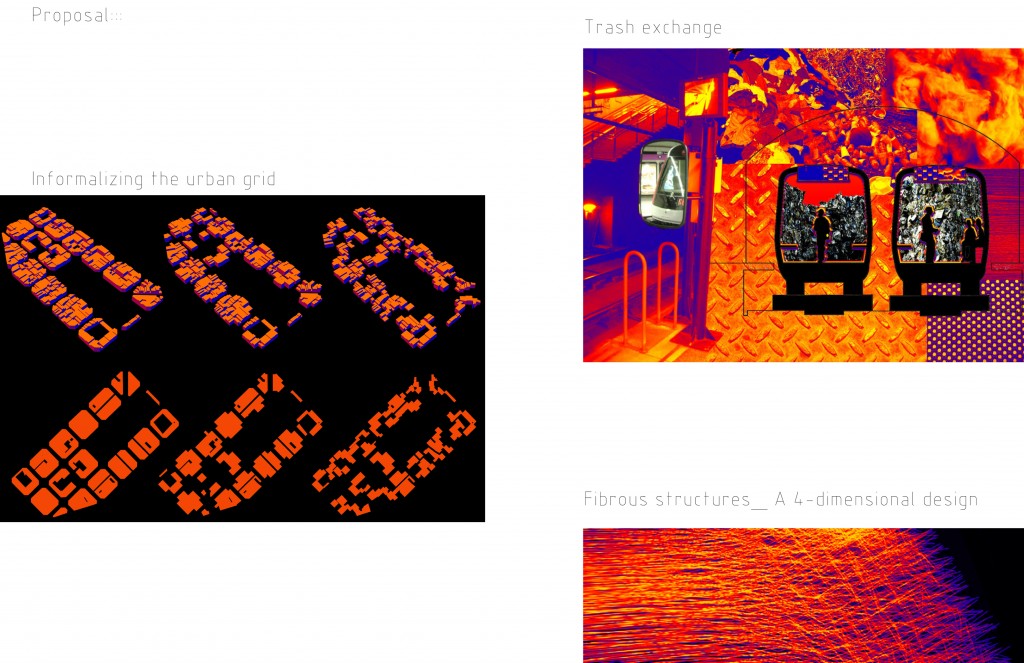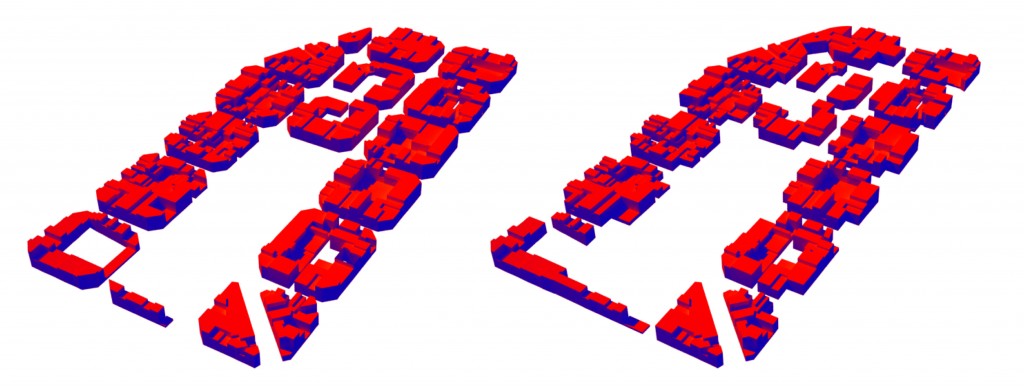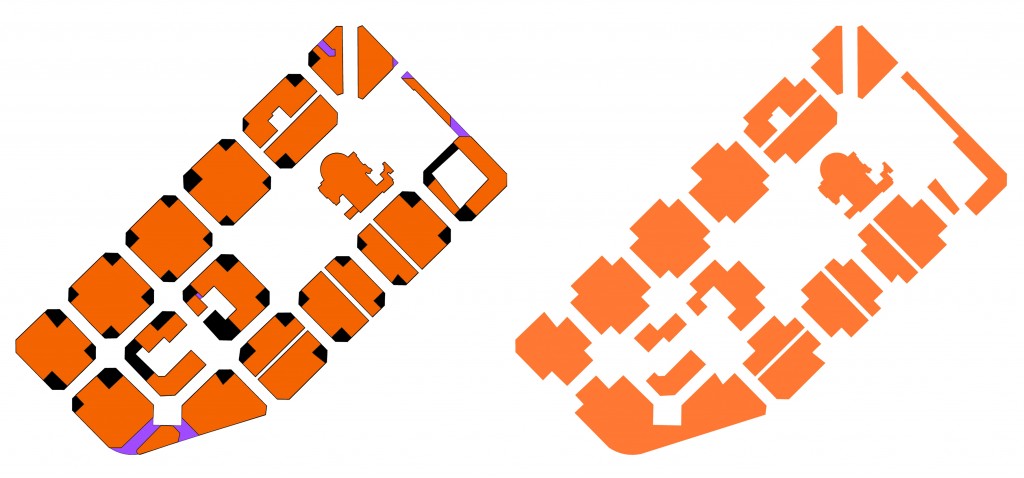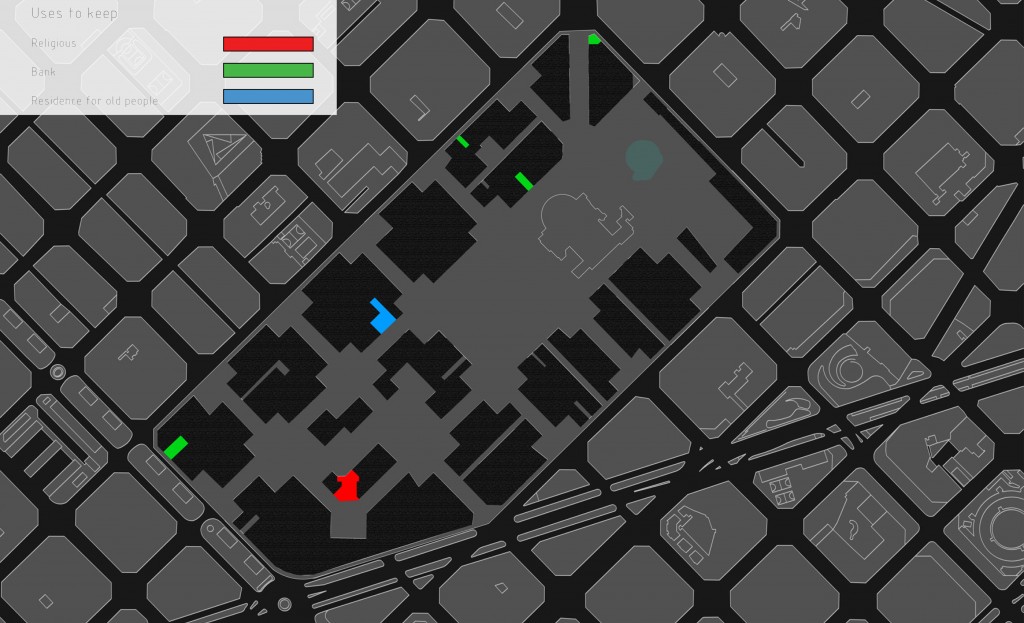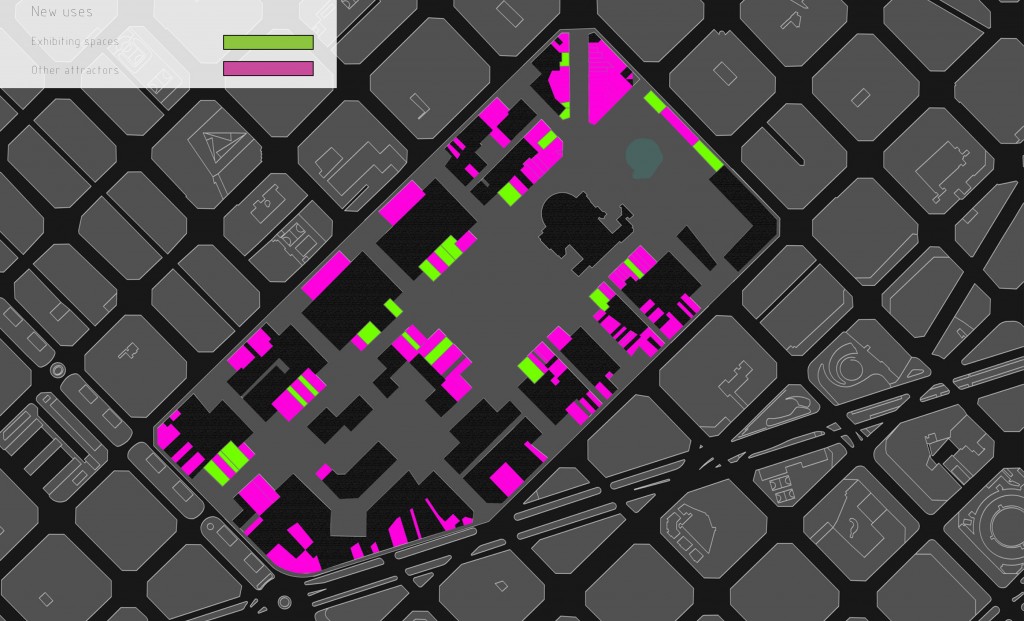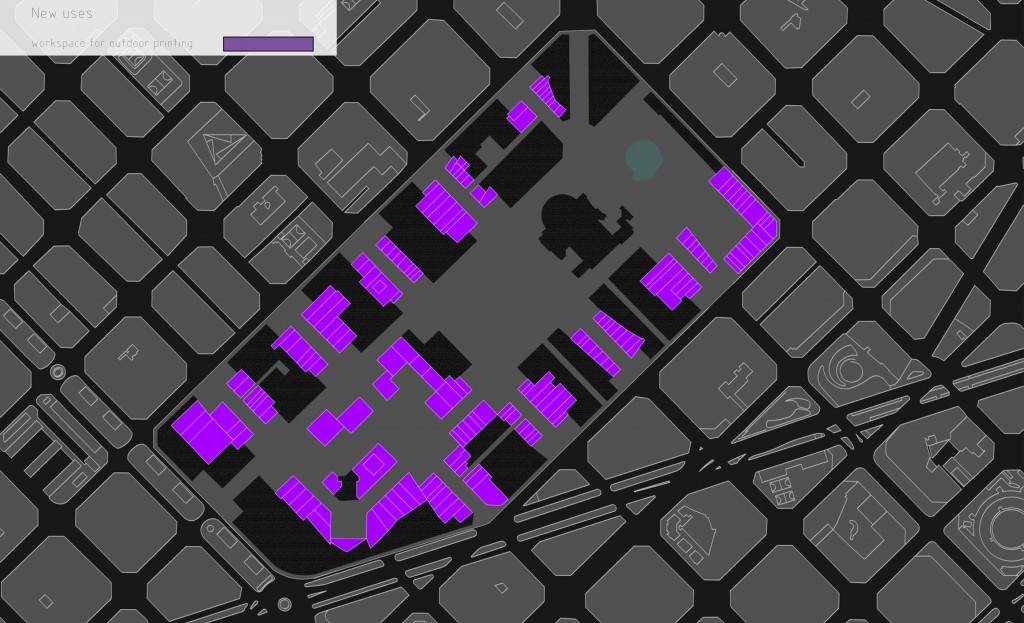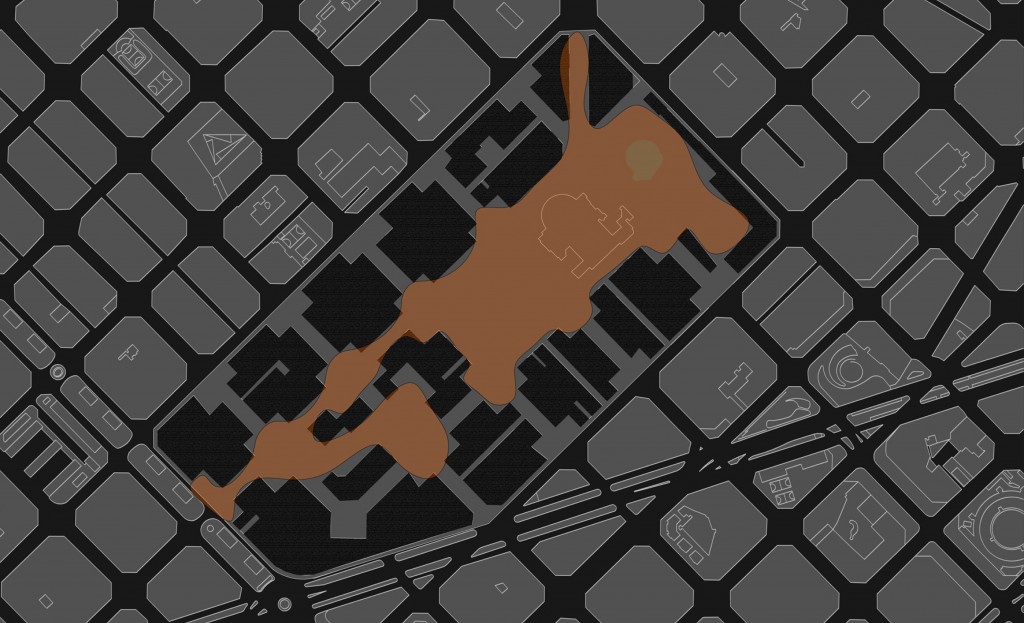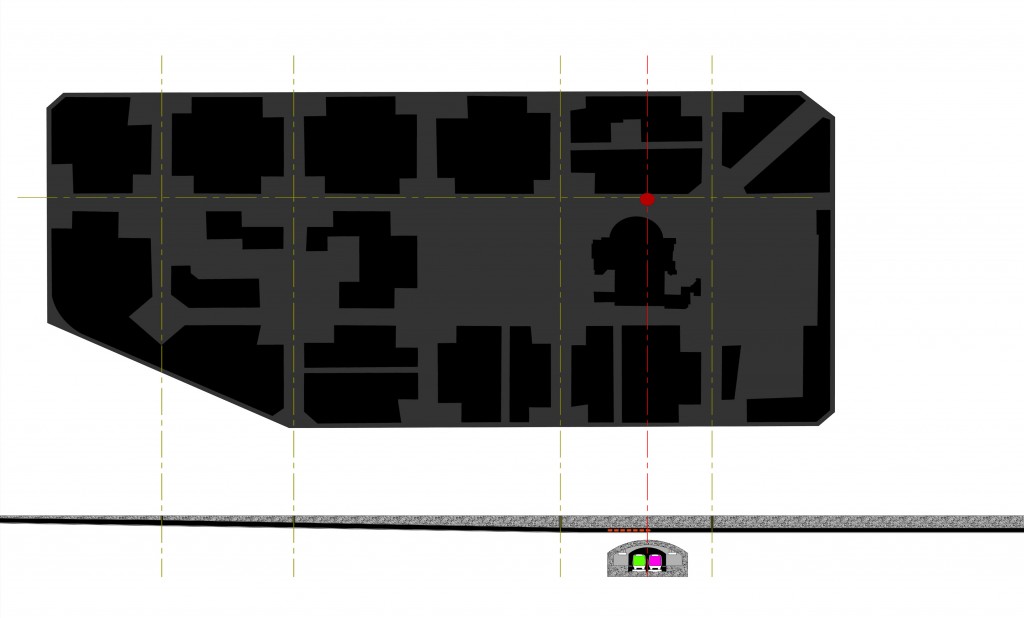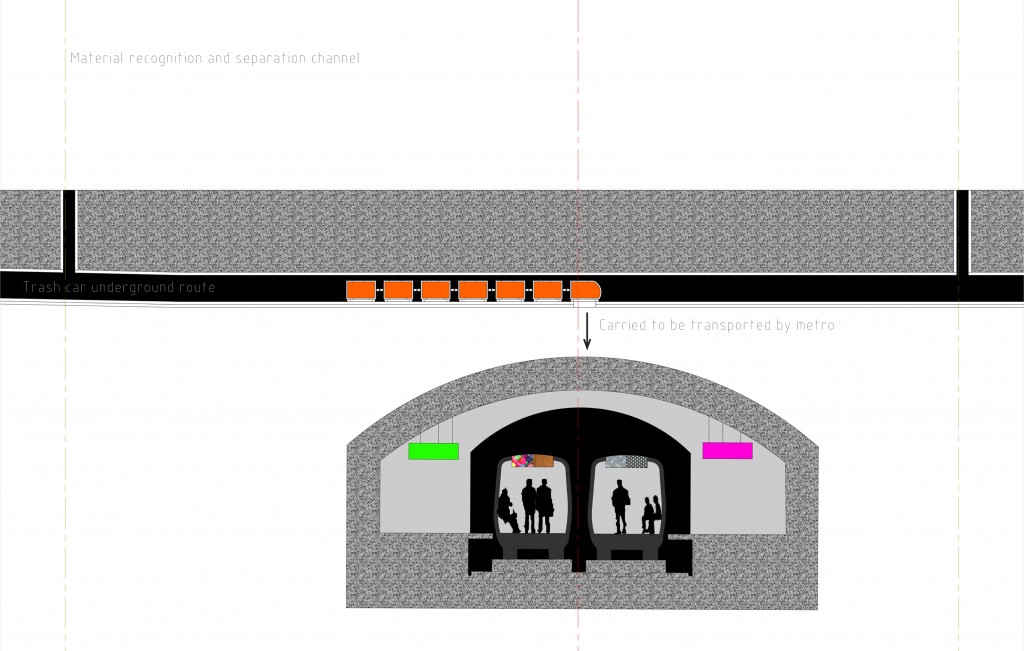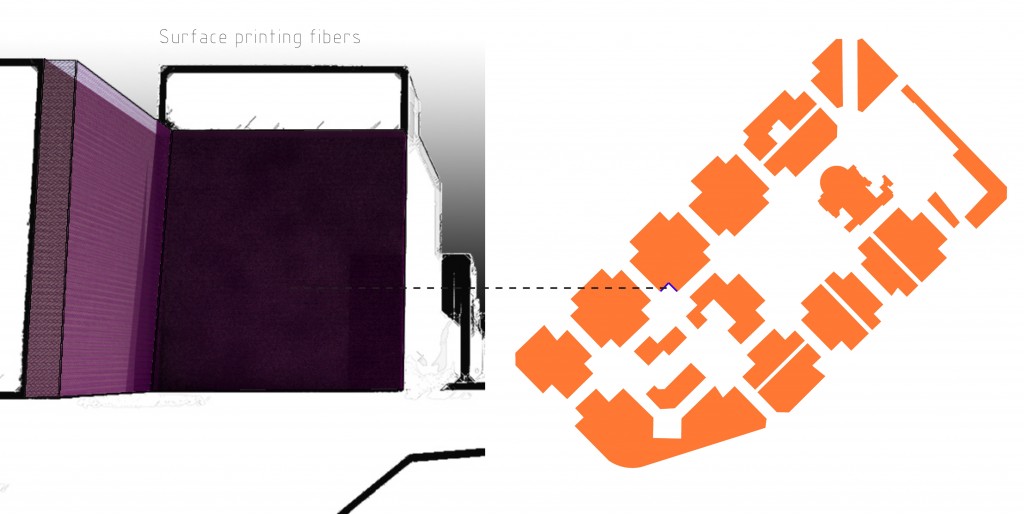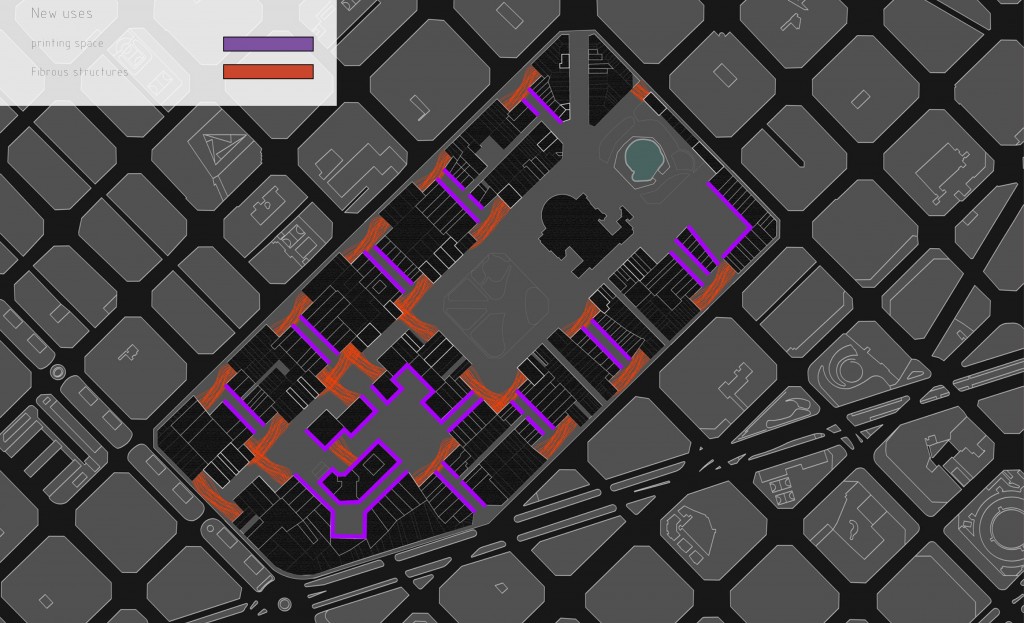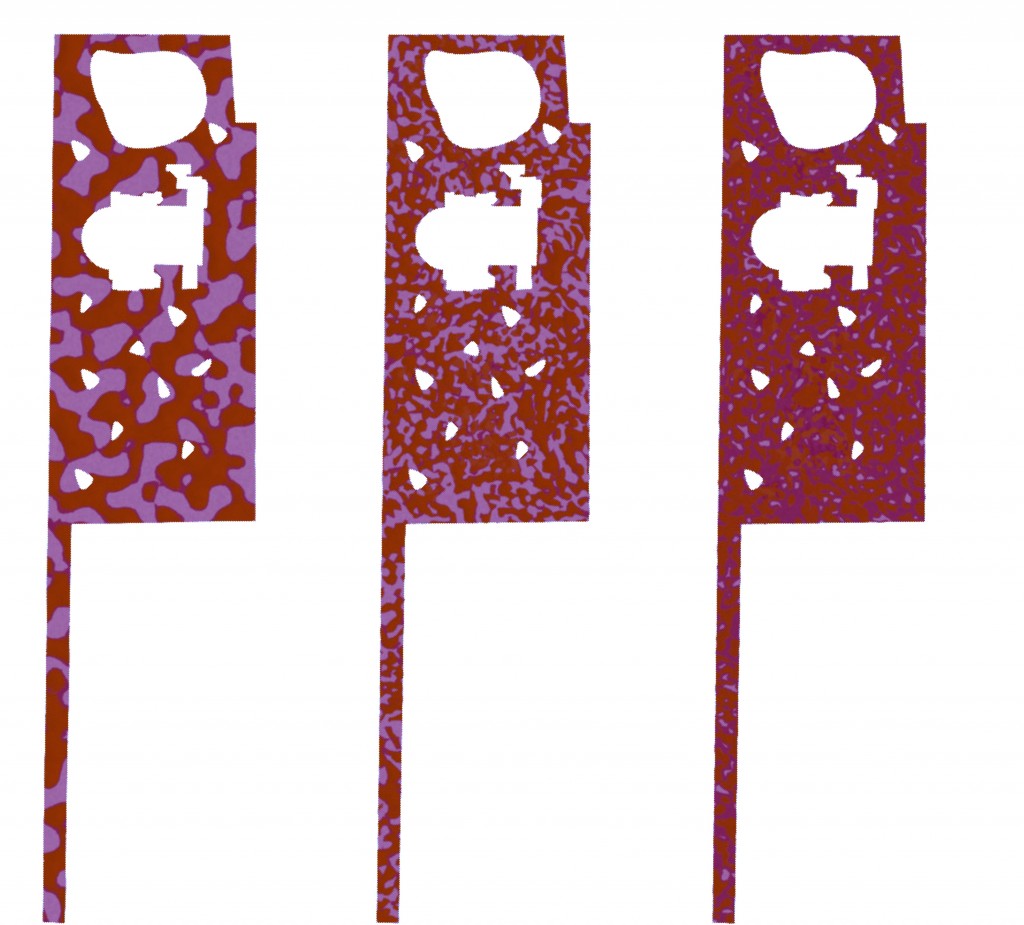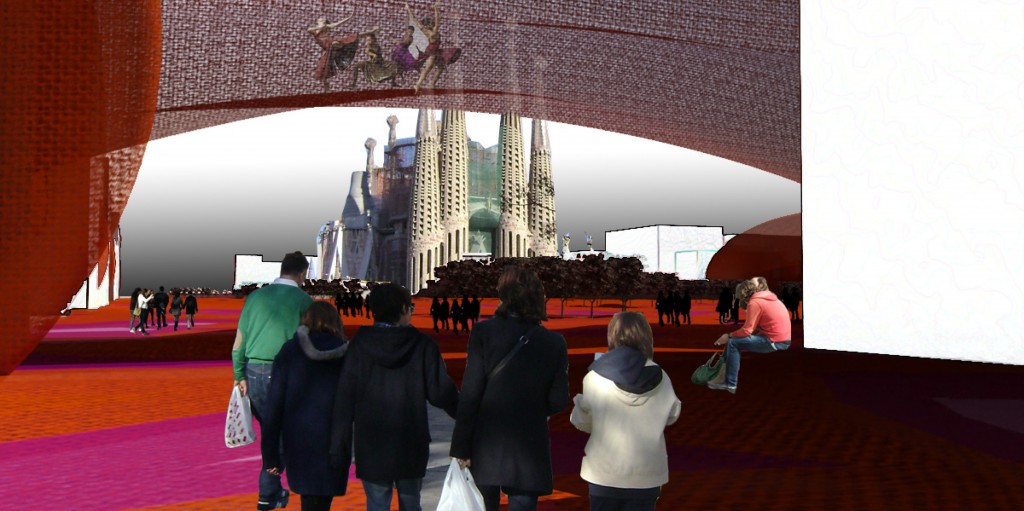It is important for enhancing the touristic activity and attraction to include Sagrada familia in the superblock, while linking Avinguada De Gaudi with Carrer De Sant Joan for the reasons below:
The Sagrada Familia is the most visited tourist attraction in Barcelona catering to over 2,000,000 visitors a year.
Avinguada De Gaudi is a priority to pedestrian street with a wide pedestrian strip.
Carrer de Sant Joan is a commercial area.with a wide pedestrian strip which gives it a high potential to become another Las Ramblas.
Area of the superblock: 294,140.7sqm
Total built up area: 196,330.8 sqm
66.8 % built up area
The attempt is to remove those boundaries surrounding the greens, lake and Sagrada familia and encourage flow.
The objective is enhancing touristic attraction while creating a self-sufficient and productive community.
Inputs
1. amount of reusable trash
2. touristic attractors
3. commercial temporary uses
4. Urban spaces quality
5. commercial attractors
outputs:
1. Touristic Interaction
2. residents urban participation
3. Touristic Territory
4. Material recycling
5. used urban spaces
Proposal 1::: Informalizing the urban grid
New Total built up area: 145,344.8 sqm
% of demolished buildings: 17.4 %
49.4 % permenant built up area
Proposal 2::: Trash exchange ::transporting trash by metro lines
Underground route for trash collecting car
Proposal 3::: Fibrous structures :: A 4-dimensional design
Printing fibers from vertical surfaces and from the ground
The idea is in which the inputs of each individual, collectively create the randomness of the urban setting which consequently changes by time, by users interaction.
The urban setting formation is using fibrous structures, which is exemplified by a seed that grows from the ground and creates another seed in order to create more units, imitating plants growth and pollination. The system needs to automatically upgrade and develop itself according to changes of collective behavior which in the computational field can be simulated by employing heuristic knowledge (knowledge of good practice and judgment/ the art of good guessing).

